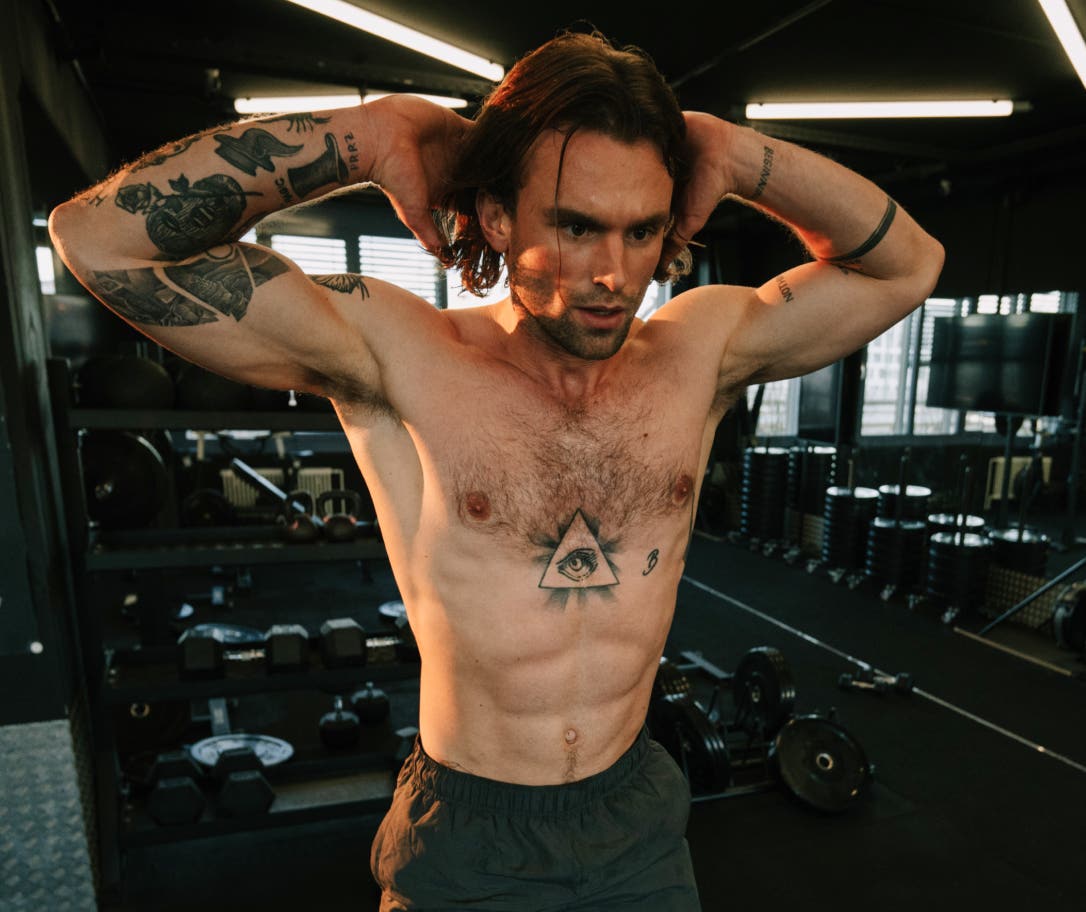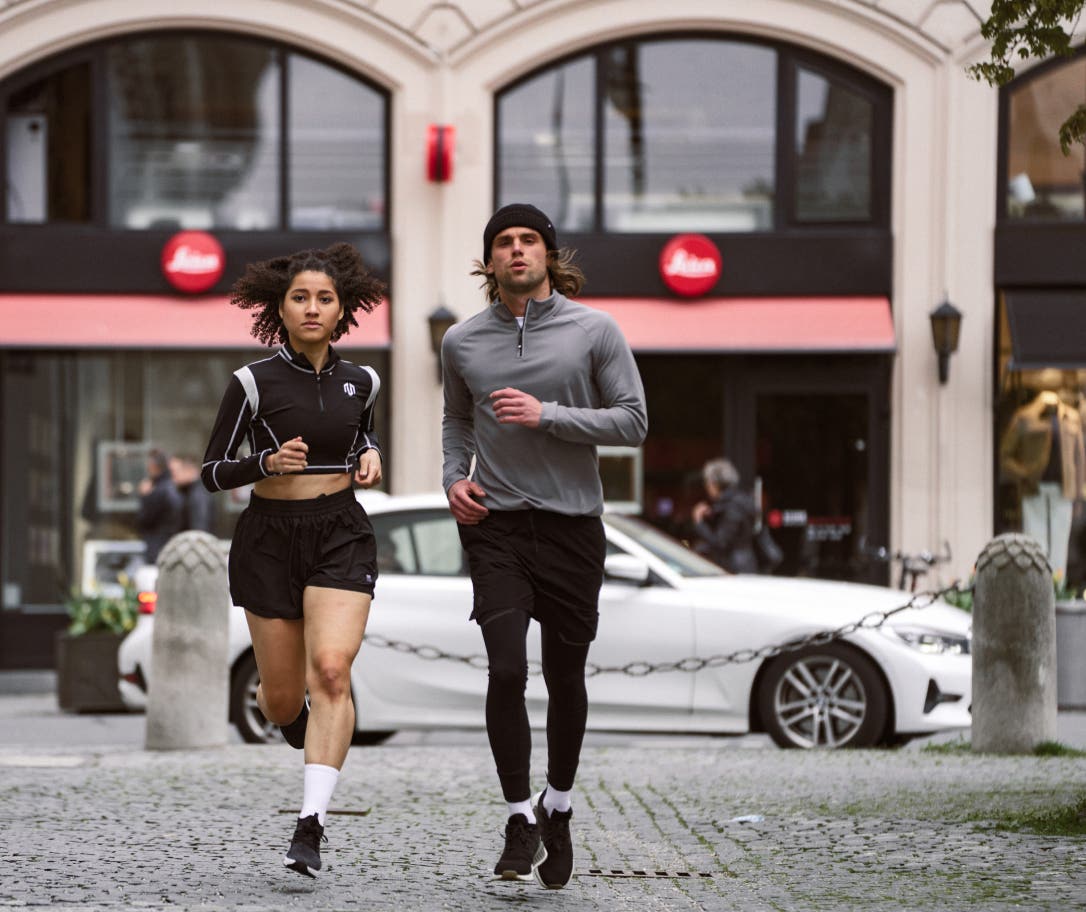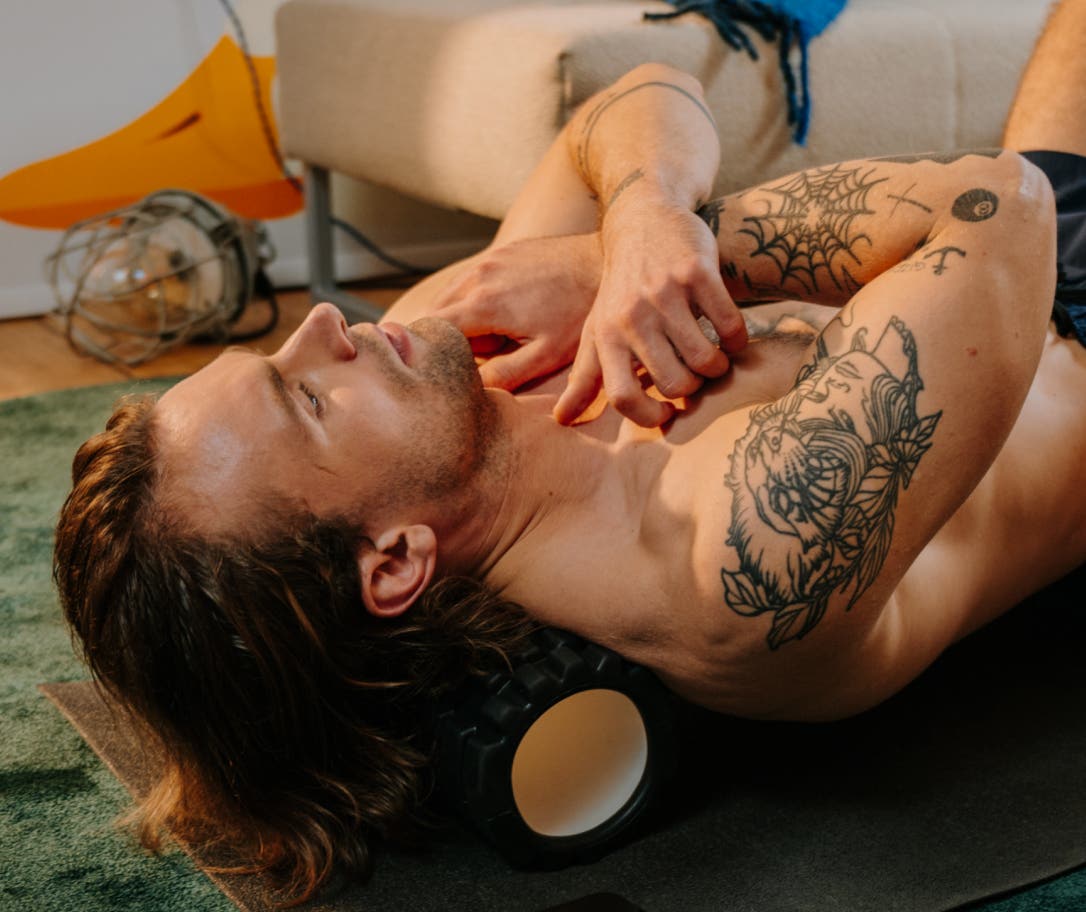We’ve already covered how nutrition impacts your training and why you should eat before a workout. It’s clear that providing your body with the appropriate fuel can enhance both your performance and recovery. So, what should you eat – and when – to perform at your best?
In this article, we’ll share some meal ideas for before, during, and after your workout – customized to the different training modalities. Read on to learn how to fuel for optimal performance and to feel your best, Free Athlete self.

Strength training
Before a strength training session, the ideal macronutrient balance is a moderate amount of carbohydrates and a high intake of protein. This combination provides you with the energy you need to push through your workout as well as the nutrients needed to build and repair your muscles.
You should consider eating 2 to 3 hours before you are going to work out. Example meals may include:
- Chicken breast with quinoa and leafy greens
- Scrambled eggs on whole-grain toast
If you’re pressed for time or your training starts in less than an hour, consider eating a smaller pre-workout snack. Alternatively, choose a vegan or whey protein shake that won’t take too long to digest.
Should you eat during a strength training session?
Unlike more endurance-based training, you don’t need to eat during weight training. However, if your session lasts more than 60 minutes, staying adequately hydrated becomes essential – and adding nutrition to your drink can make a big difference.
Research shows that consuming a carbohydrate solution alone or in combination with protein powder can increase glycogen stores, reduce muscle damage, and aid your body’s adaptation to resistance training.1
Aim to drink around 400 ml of a 25 g carbohydrate-containing drink every 30 minutes to keep your muscles fueled and your blood sugar levels normal.
Post-strength training nutrition
Eating a meal that contains complex carbs and protein within 2 hours of your workout is recommended to help your muscles recover and replenish glycogen stores. If you’re not planning a meal within this time, having a quick post-workout snack can be just as beneficial.
Although previous research suggested that you should eat a post-workout meal within 45 to 60 minutes, more recent studies have found that the post-exercise window to maximize muscular response to protein intake could be up to several hours afterward.2
Some examples of good post-workout foods include:
- Peanut butter sandwich with whole-grain bread
- Turkey breast, brown rice, and steamed vegetables
- Low-fat Greek yogurt and fruit
Foods to avoid before a strength training session
It’s best to avoid foods that are hard to digest before a strength training session. Think foods high in sugar and fat, or greasy or processed foods, such as:
- sweets
- cookies
- biscuits
- cakes
- high-sugar drinks
- fast food
- pastries
- pizza

HIIT workouts
If a HIIT workout is on the agenda for today, focus on fueling up on carbohydrates and getting in some protein for muscle repair and recovery. You can also add in a small amount of healthy fats, such as a handful of nuts or a few slices of avocado. But take it easy, fats can take a while to digest.
Opt for complex carbohydrates like whole grains, fruits, and vegetables that will steadily release energy across your workout. Pair these with some protein to support your muscles, like a cup of Greek yogurt or a slice of turkey.
Just make sure not to overdo it on the protein, as it can make you feel sluggish during your high-intensity exercise.
Should you eat during a HIIT session?
HIIT sessions usually last between 20 and 45 minutes, including a Warmup and Cooldown. So, there shouldn’t be any need for you to fuel up during your intense exercise session. Additionally, eating between high-intensity bouts might lead to significant digestive discomfort.
Post-HIIT nutrition
Post-workout recovery with carbs is essential after a HIIT session to replenish the glycogen stores you will have inevitably used for energy. You’ll also have broken down some muscle tissue, so you’ll need some protein to repair and rebuild your damaged muscles.
Aim for a 3:1 carb-to-protein ratio after a HIIT session, and if you can, try to eat within 20 minutes of finishing your session.
Examples of post-training HIIT nutrition ideas include:
- Turkey breast sandwich on whole grain bread with lettuce and tomatoes
- Hummus, carrot, and cucumber slices with pita bread
- Chicken breast, brown rice, tomatoes, pickled red onion, lettuce, and tzatziki
Foods to avoid before a HIIT session
It’s best to avoid foods that are high in processed or refined sugars, like cakes, biscuits, sweets, and cola. These can cause a rapid spike in blood sugar, followed by an energy crash, which will affect your exercise performance.
Also, try to keep your pre-workout meals light; eating too much before a HIIT session can be uncomfortable and may result in extra unplanned rest periods.

Cardio-based workouts
Gearing up for a cardio sweat session? The ideal meal or snack before a cardio-focused workout should be high in carbohydrates, paired with some healthy fats and protein.
Ideally, you’ll want to fuel up 2 to 4 hours before training to avoid digestive discomfort. But if you’re strapped for time and only have less than 1 hour or are training early in the morning, eating an easy-to-digest small meal or snack high in carbs and a little protein will be best.
Some ideas include:
Less than an hour before training:
- A few dates
- Banana
1 to 2 hours before training:
- Whole grain toast with honey
- Low-fat Greek yogurt with fruit
- Small bowl of cereal
2 to 4 hours before training:
- Porridge with milk and fruit
- Chicken salad wrap
- Scrambled eggs on brown toast
Should you eat during a cardio session?
For shorter, lower-intensity cardio sessions, you usually don’t need to eat anything. For longer (more than 60 minutes), more intense workouts, you should consider fueling your performance with carbs.
What to eat will depend on your personal preference. Some people choose liquid fuels, such as a carb drink or gels, but some other popular options to consider include:
- bananas
- dried fruit
- apple sauce pouches
- energy bars or chews
Post-cardio nutrition
A combination of carbs and proteins is important after a cardio workout to restore glycogen and aid muscle repair.
Post-cardio meal ideas include:
- salmon with sweet potato
- egg omelette with avocado on whole-grain toast
- tuna sandwich on whole grain bread
Foods to avoid before a cardio session
To maximize your performance during a cardio workout, avoid the following:
- greasy, fried foods
- energy drinks
- high fiber foods
- sugary snacks

Low-intensity or recovery workouts
For light or low-intensity workouts, you may not need a meal or snack beforehand – especially if you’re following intermittent fasting.
However, if you feel hungry or just need an extra energy boost, try eating a handful of almonds and fresh fruit or a homemade energy ball to help you feel your best during your workout.
Should you eat during a recovery session?
There shouldn’t be any need to eat during a low-intensity session, especially if it lasts less than an hour. However, as with any type of physical activity, it’s important to stay hydrated.
Post-low-intensity nutrition
After your session, focus on muscle repair by eating a whole-foods-based meal or snack from options that include a good source of high-quality protein, some healthy fats, and carbohydrates, such as:
- Halloumi and beetroot sandwich
- Chicken breast, sweet potato, and avocado
- A bowl of steel-cut oat porridge
Foods to avoid before a recovery session
Avoid foods that will spike and then crash your energy levels before or during your activity, like sweet drinks, cakes, muffins, and chips. Also, stay clear of large meals that might cause digestive discomfort during your session.
Let’s recap
Nutrition is truly at the heart of your training – it influences everything from how you feel to your energy levels to the quality of your workout. And there’s a clear science behind adjusting your nutrition to boost performance both on and off the mat.
That’s why having a solid plan matters. Approach your workouts with a clear nutrition strategy to make sure you’re fueling your body with the right nutrients at the right time and avoiding anything that’s likely to derail your progress. Once you’ve dialed it in, trust us, you’ll be amazed at how much your performance improves.
Sources
[1] Kerksick, C., Harvey, T., Stout, J., Campbell, B., Wilborn, C., Kreider, R., … Antonio, J. (2008). International Society of Sports Nutrition position stand: Nutrient timing. Journal of the International Society of Sports Nutrition, 5(1). Available here
[2] Schoenfeld, B. J., Aragon, A., Wilborn, C., Urbina, S. L., Hayward, S. E., & Krieger, J. (2017). Pre- versus post-exercise protein intake has similar effects on muscular adaptations. PeerJ, 5, e2825. Available here